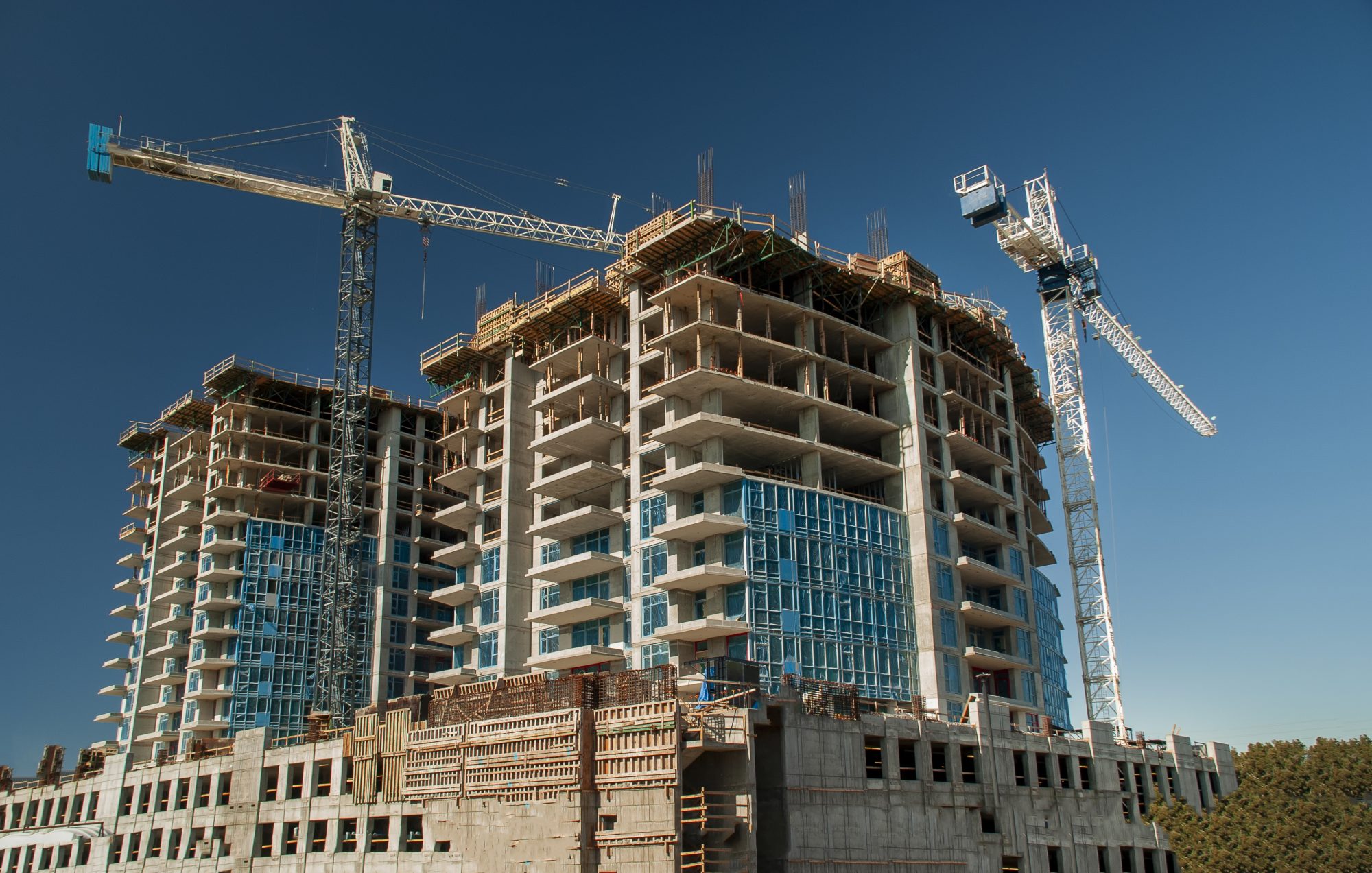The ONS released their construction output statistics last month, and industry experts have given their reactions to the stats
The stats show that construction output disappointingly dropped by 0.4% in July 2024, compared to June.
New work output also fell by 0.2%, and repair & maintenance (R&M) work fell by 0.7%.
The ONS constuction output stats show mostly a decrease
On an annual basis, new work output dropped by 6.6% in July from the previous year, while R&M output raised by 5.8% from the last year.
The main source of relief in the ONS construction output stats comes with the monthly output in private industrial new work, which grew by 3.3%, and R&M for public housing grew by 8.2%.
This demonstrates that while there was still a general downturn, there are some parts of the industry that are still growing.
Neil Knight, divisional director of Spicerhaart Part Exchange & Group Clients:
“Following a 0.4% drop in output in July, it is encouraging to see this bounce back and correct itself in August. The biggest driver in this is a rise in new work which is hugely positive. It shows that house buyers and construction clients are responding well to improving borrowing conditions and the first cut to the base rate.
“We can certainly see this with private commercial new work and private housing new work leading the charge in August, with 2.7% growth in total new housing. In our conversations with housing developers, they are reporting improving confidence and increasing momentum. While there’s still question marks around the upcoming budget and its impact on household finances, the renewed emphasis on housebuilding – along with growing sentiment around the path of interest rates – is helping to drive activity.
“As they continue to get spades in the ground and get their ducks in a row to meet rising demand, we are seeing increasing interest in partnerships for key incentives such as part exchange and assisted move. By outsourcing this process, developers are able to achieve greater efficiencies and deliver a far better service to buyers.”
Clive Docwra, managing director of property and construction consultancy, McBains:
“After July’s surprise fall in output, the construction industry will breathe a sigh of relief that August’s figures show improvement.
“Growth had stalled in five of nine work sectors in July, so the 3.4% increase in private housing new work and 2.2% increase in private commercial new work are encouraging signs that the economic climate, at least in the short term, is gradually improving.
“Despite current conditions remaining fragile, our clients are telling us that confidence is returning in many work sectors, helped by factors such as proposed planning reform and the cost of borrowing expected to fall.
“All eyes will now be on the Budget later this month where the industry hopes the Chancellor will pull a rabbit or two out of the hat to help encourage further growth.”
Chris Smith, head of specialist equipment, Aldermore Bank:
“It’s encouraging to see output bounce back after a sluggish July. Recent rate cuts and the election has brought much needed stability, and we can see this in the growth in new work in private housing and private commercial, which saw the highest increases. There is cause for optimism within the sector, especially with the Government’s recent plans to increase housebuilding targets, so as we approach the Autumn Budget the sector will be keeping a close eye for any new developments.
“Despite the certain pain points which are placing a strain on construction businesses, such as inflationary pressures and supply chain issues, we’re starting to see customers approving new projects and businesses making new orders. We know from our research that nearly seven in 10 (68%) construction SMEs have experienced supply chain delays over the last 12 months, and this may pose an issue as SMEs try and meet the reinvigorated market demand. At Aldermore, we offer SMEs flexible finance solutions to help businesses invest in and grow their company so pain points do not hamper their growth prospects.”
Fraser Johns, finance director at Beard:
“It is encouraging to see increased investment and overall growth in activity as part of a wider improvement in the
economy.
“The national picture aligns with our experience at Beard, where we see rising demand, particularly in commercial and education projects.
“Any talk of a recovery needs to be tempered by signs of the challenges the industry still needs to address. With the upcoming Autumn budget many will be keen to understand what is in store for business and the wider economy.
“For us, these findings underline the importance of being ready to support our clients’ growth ambitions and the wider economic recovery.
“It’s vital that we, as an industry, prioritise our workforce and supply chains to meet future demand and ensure long-term success.”














